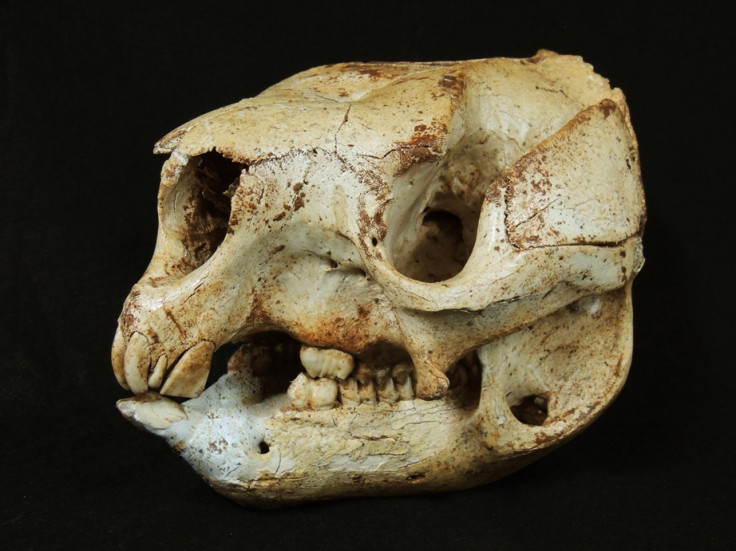DNA studies trace lineage of kangaroos to extinct giant wallabies

DNA studies of 45,000-year-old remains of extinct giant wallabies show the marsupial is a very close relative of present day kangaroo.
The research also showed that the banded hare-wallaby is the last living representative of short-faced kangaroo, a previously diverse lineage of kangaroos.
Researchers from the University of Adelaide's Australian Centre for Ancient DNA (ACAD) extracted DNA sequences from two species: a giant short-faced kangaroo (Simosthenurus occidentalis) and a giant wallaby (Protemnodon anak) discovered in a cold and dry cave in Tasmania.
By reconstructing the partial mitochondrial genomes of the species, they could show the close relations between the giant wallaby and kangaroos.
Lead author Bastien Llamas, ACAD senior research associate, said: "Their skeletons had suggested they were quite primitive macropods ─ a group that includes kangaroos, wallabies, pademelons and quokkas ─ but now we can place giant wallaby much higher up the kangaroo family tree."
Earlier studies were restricted to using information from bones.
"In addition to poor DNA preservation, most of the extinct Australian megafauna do not have very close relatives roaming around today, which makes it more difficult to retrieve and interpret the genetic data," says Llamas.
The new findings confirm that while the short-faced kangaroos left no descendants, their closest living cousin could be the endangered banded hare-wallaby (Lagostrophus fasciatus), which is now restricted to small isolated islands off the coast of Western Australia.
The numbers of the banded hare-wallaby, which is the last living representative of a previously diverse lineage of kangaroos, are not known since the late 80s when they were around 7,000.
Major threats to the populations include the accidental introduction of predators (cats and foxes), fire and disease. Introduced rats and mice are also a concern, but to a lesser degree than introduced predators, according to the IUCN.
The research is published online (ahead of print) in Molecular Biology and Evolution.
© Copyright IBTimes 2025. All rights reserved.





















